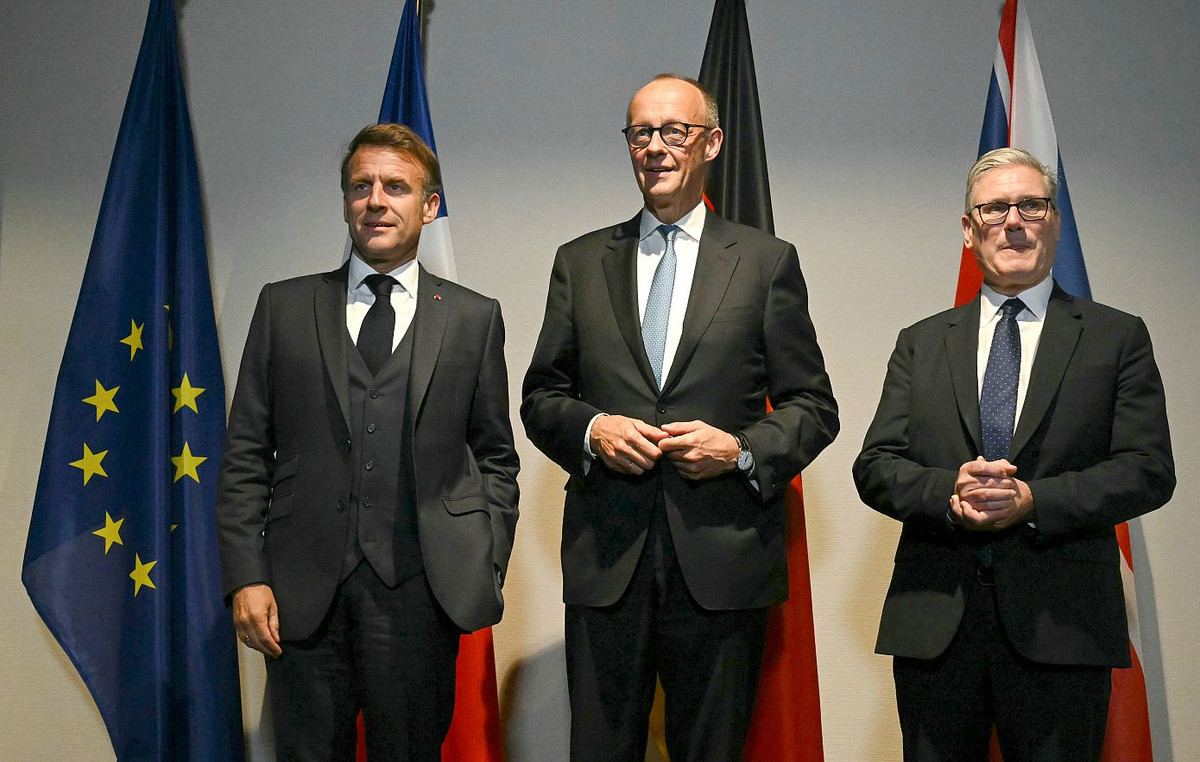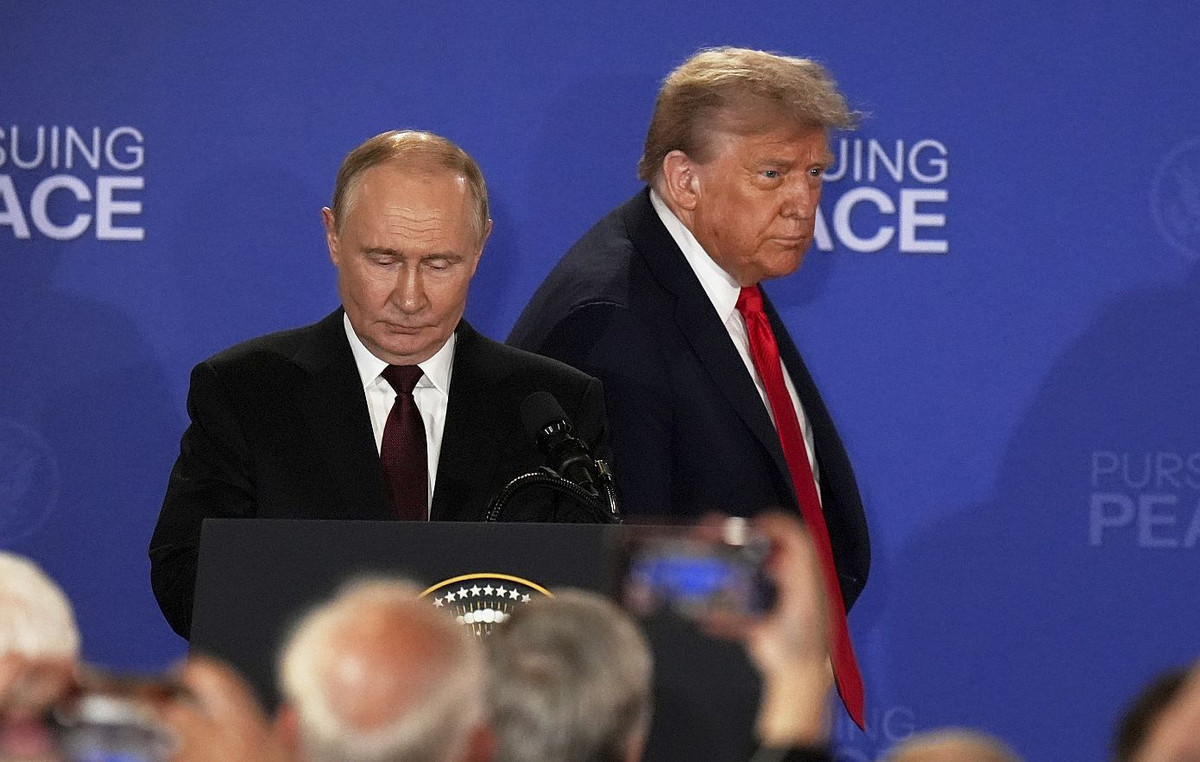- The Euro gains strength against the Dollar.
- European markets extend weekly rebound on Tuesday.
- US inflation figures stand out on today’s economic calendar.
The Euro (EUR) accelerates its gains against the US Dollar (USD), leading the EUR/USD pair to reach six-day highs around the 1.0730 area on Tuesday.
Elsewhere, the DXY Dollar Index plummets lower and revisits the 105.50 zone amid the continuation of the gradual decline from last week’s high around 106.00.
The dollar’s corrective turn comes amid further weakness in US yields across different time frames, always against the backdrop of a persistent discrepancy between the Federal Reserve’s recent hawkish statements and investor views that suggest a pause. prolonged in the Fed’s normalization program.
Regarding the European Central Bank (ECB), recent opinions from Council members continue to point to a prolonged pause in the current restrictive stance, while inflation remains on the rise and well above the target.
The strength of the common currency was also reinforced by the improvement of Economic Sentiment in both Germany and the Eurozone, which stood at 9.8 and 13.8 respectively for the current month. In the euro bloc, the GDP growth rate contracted by 0.1% quarter-on-quarter in the third quarter and grew by 0.1% in the last twelve months.
Daily market summary: Euro consolidates its rebound above 1.0700
- The Euro breaks above the key 1.0700 level against the Dollar.
- It looks like US and German yields will continue to decline.
- Investors anticipate that the Fed will not raise interest rates in December.
- The ECB appears to have reached a dead end in its tightening cycle.
- Fear of intervention in the currency market continues to haunt the USD/JPY.
- The US inflation rate will be the most notable event later in the session.
- The British labor market report surprised on the upside.
Technical Analysis: The Euro focuses its attention on the 200-day SMA
EUR/USD maintains the constructive stance and breaks above the key 1.0700 barrier on Tuesday.
EUR/USD could retrace the November high at 1.0754 (Nov 6) before reaching the 200-day SMA at 1.0801 and the high at 1.0945 (Aug 30) if the recovery continues. The psychological level of 1.1000 is followed by the August high of 1.1064 (Aug 10) and another high at 1.1149 (July 27), which precede the 2023 high of 1.1275 (July 18).
If sellers regain control, the pair could find temporary support at the 55-day SMA at 1.0637, ahead of the low of 1.0495 (Oct 13) and the 2023 low of 1.0448. (October 15th).
Further decline in the pair is expected as long as it continues to move below the 200-day SMA.
Frequently asked questions about the Euro
What is the Euro?
The Euro is the currency of the 20 countries of the European Union that belong to the euro zone. It is the second most traded currency in the world, behind the US dollar. In 2022, it accounted for 31% of all foreign exchange transactions, with an average daily volume of more than $2.2 trillion per day.
EUR/USD is the most traded currency pair in the world, accounting for an estimated 30% of all transactions, followed by EUR/JPY (4%), EUR/GBP (3%) and EUR/AUD (2% ).
What is the ECB and how does it influence the Euro?
The European Central Bank (ECB), headquartered in Frankfurt, Germany, is the reserve bank of the euro zone. The ECB sets interest rates and manages monetary policy
The ECB’s main mandate is to maintain price stability, which means controlling inflation or stimulating growth. Its main instrument is to raise or lower interest rates. Relatively high interest rates – or the expectation of higher rates – tend to benefit the Euro and vice versa.
The Governing Council of the ECB takes monetary policy decisions at meetings held eight times a year. Decisions are made by the heads of the eurozone’s national banks and six permanent members, including ECB President Christine Lagarde.
How do inflation data influence the value of the Euro?
Eurozone inflation data, measured by the Harmonized Index of Consumer Prices (HICP), are important econometric data for the euro. If inflation rises more than expected, especially if it exceeds the 2% target set by the ECB, it is forced to raise interest rates to bring it back under control.
Relatively high interest rates compared to their peers tend to benefit the Euro, as it makes the region more attractive as a place for global investors to park their money.
How do economic data influence the value of the Euro?
Data releases measure the health of the economy and can influence the Euro. Indicators such as GDP, manufacturing and services PMIs, employment and consumer sentiment surveys can influence the direction of the single currency.
A strong economy is good for the Euro. Not only does it attract more foreign investment, but it may encourage the ECB to raise interest rates, which will directly strengthen the Euro. Conversely, if economic data is weak, the Euro is likely to fall.
The economic data for the four largest economies in the eurozone (Germany, France, Italy and Spain) are especially significant, as they represent 75% of the eurozone economy.
How does the trade balance affect the Euro?
Another important release for the euro is the trade balance. This indicator measures the difference between what a country earns from its exports and what it spends on imports during a given period.
If a country produces highly sought-after export products, its currency will appreciate due to the additional demand created by foreign buyers wishing to purchase these goods. Therefore, a positive net trade balance strengthens a currency and vice versa for a negative balance.
Source: Fx Street
I am Joshua Winder, a senior-level journalist and editor at World Stock Market. I specialize in covering news related to the stock market and economic trends. With more than 8 years of experience in this field, I have become an expert in financial reporting.








